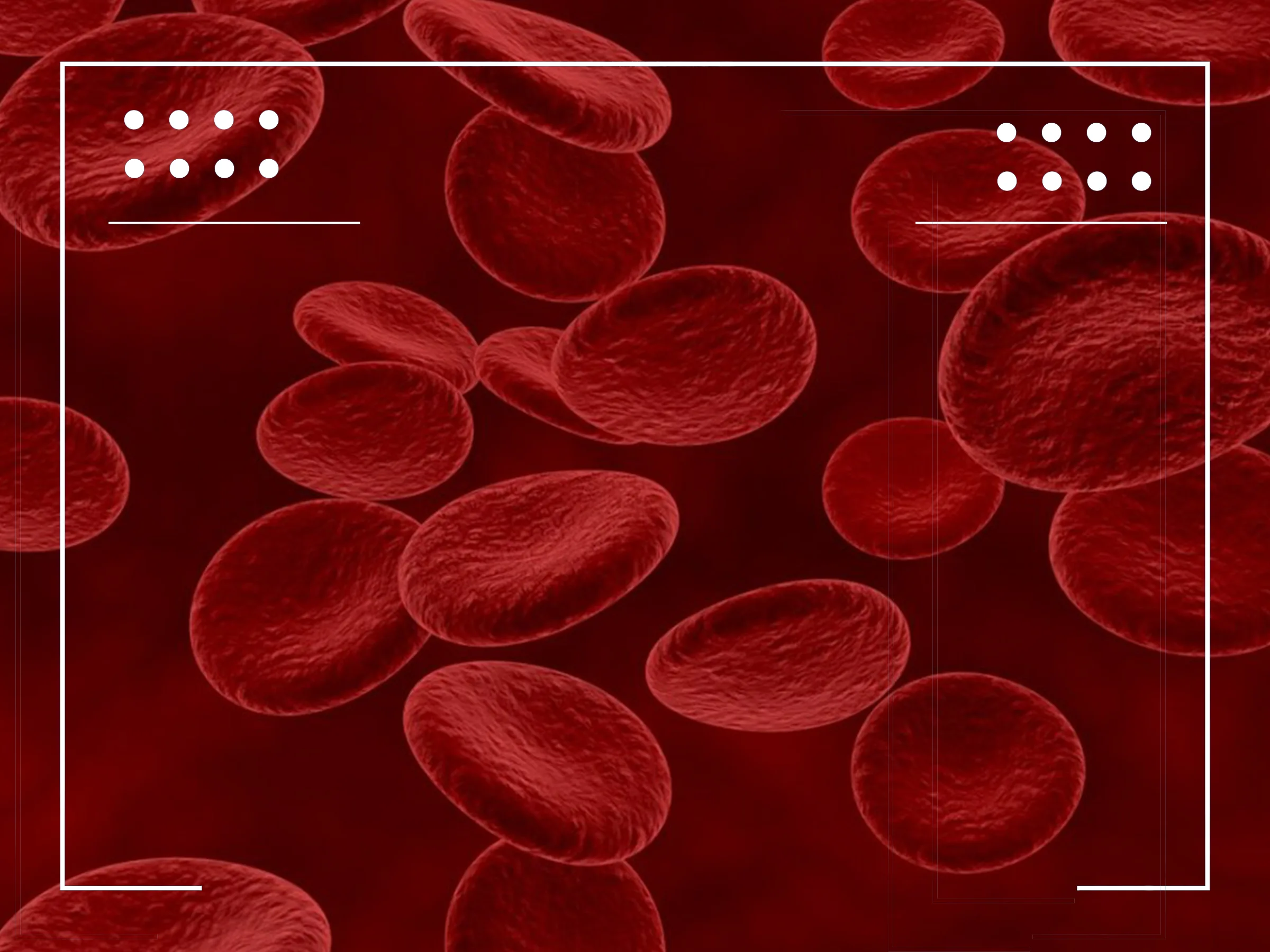Neurofibromatosis (NF) is a complex genetic disorder that affects the nervous system, causing tumors to grow on nerve tissue. There are two primary types of neurofibromatosis: NF1 (Neurofibromatosis Type 1) and NF2 (Neurofibromatosis Type 2). While they share similarities, they also have distinct characteristics that set them apart. In this article, we will delve into the key differences between NF1 and NF2, as well as the unique challenges and treatment approaches associated with each type.
Neurofibromatosis Type 1 (NF1)
Understanding NF1:
NF1, also known as von Recklinghausen disease, is the more common form of neurofibromatosis. It affects approximately 1 in 3,000 people worldwide. NF1 is caused by a mutation in the NF1 gene, which provides instructions for producing a protein that helps regulate cell growth. When this gene is mutated, it leads to the formation of tumors on or under the skin, pigmentation changes, and a range of other complications.
Key Characteristics of NF1:
- Cutaneous Neurofibromas: These are benign tumors that grow on the skin or just below the surface. They can vary in size and number, ranging from a few to hundreds.
- Café-au-Lait Spots: These are flat, light brown patches on the skin. Individuals with NF1 typically have multiple café-au-lait spots.
- Lisch Nodules: These are tiny, harmless tumors that form on the iris of the eye. They are typically detected through an eye examination.
- Skeletal Abnormalities: Some individuals with NF1 may develop bone abnormalities, such as scoliosis or curvature of the spine.
- Learning Disabilities: NF1 can affect cognitive development, leading to learning disabilities in some cases.
Treatment and Management of NF1:
While there is currently no cure for NF1, management focuses on addressing specific symptoms and complications. This may involve surgical removal of tumors, physical therapy for skeletal issues, and educational support for learning difficulties. Regular check-ups and monitoring are crucial for early intervention and management.
Neurofibromatosis Type 2 (NF2)
Understanding NF2:
NF2 is a less common form of neurofibromatosis, affecting approximately 1 in 25,000 people. It is characterized by the growth of tumors on the nerves responsible for hearing and balance. NF2 is caused by a mutation in the NF2 gene, which plays a role in suppressing tumor growth.
Key Characteristics of NF2:
- Vestibular Schwannomas (Acoustic Neuromas): These are tumors that develop on the eighth cranial nerve, affecting hearing and balance. They are a hallmark feature of NF2.
- Meningiomas: These tumors grow on the layers of tissue (meninges) that cover the brain and spinal cord.
- Spinal Tumors: NF2 can lead to tumors along the spinal cord, potentially causing neurological symptoms.
- Cataracts and Other Eye Abnormalities: NF2 can affect vision, leading to cataracts and other eye issues.
- Neurological Symptoms: Depending on the location of tumors, NF2 can cause a range of neurological symptoms, including headaches, facial weakness, and difficulties with balance and coordination.
Treatment and Management of NF2:
Treatment for NF2 often involves a multidisciplinary approach. This may include surgery to remove tumors, radiation therapy, and hearing aids or cochlear implants for individuals with hearing loss. Regular monitoring and early intervention are crucial for maintaining quality of life.
Conclusion
Understanding the key differences between NF1 and NF2 is essential for individuals affected by these conditions, as well as their caregivers and healthcare providers. While both types of neurofibromatosis present unique challenges, early diagnosis and comprehensive care can greatly improve outcomes and quality of life.
If you suspect you or a loved one may have neurofibromatosis, it is important to seek professional medical advice for proper evaluation and management.













